Developer Community SDK: How Auth0 built and scaled its developer ecosystem
Developer communities don’t grow by accident, they grow through systems.
If you work in devtooling space, you’ve probably seen someone write about a single experiment that unlocked major value for their developer community and how that success led to growing a group of external advocates. If you haven’t been a software engineer yourself, or haven’t spent substantial time in the field, it’s easy to believe that this one experiment is what really changes the game.
But over time, you see a different pattern. The real breakthroughs usually happen at the intersection of several things. When you start thinking that one thing must be enough, that’s often a clue something is off.
As Lee Robinson wrote on his personal website: “Building community is a long-term investment. It’s not a collection of developers you are trying to sell your product to. It’s an exchange”. You build, and they build alongside you. The real work is guiding them from simple awareness to being achieved by using your product for solving their problem.
Creating lasting value for a developer community isn’t about isolated efforts, it requires a system where growth and engagement reinforce each other. During my time at Auth0, my team and I built such a system, and in this post I’ll take you through it, so buckle up as it’s a bit of a deep dive!
The system
I’d like to call it the Community SDK. Here’s a high-level view of the components that it includes. The key is not to develop every element at once, but to introduce them gradually - shaped by community feedback, data, sentiment, and yes, sometimes gut feeling. You don’t use every endpoint on day one and you don’t build a community that way either.
Let’s break it down into pieces and focus on the tech spec behind each of those.
Straightforward information architecture
The first step is choosing a community platform. The right choice depends on a few factors, but the core ones are maturity of your product and current brand awareness level. The platform becomes the anchor point where your community comes together.
Options are plentiful, but one characteristic is non-negotiable: knowledge indexing. Community members need to quickly find what they’re looking for, and that requires proper categorization and indexing. A simple search bar - or CMD+F - won’t cut it.
Equally important is information architecture. Your platform should let members move seamlessly between all parts of your developer ecosystem: docs, quickstarts, guides, integrations center, main website, and more. That’s why it’s worth designing navigation panels at both the entry and exit points of your community.

Your goal is to provide high-level navigation that keeps developers oriented, without forcing them to search elsewhere and circle back. And because this space is built for developers, the content should reflect that priority. Put technical resources - docs, guides, tools - front and center, while sales or company assets take a back seat. It’s better for your audience, and ultimately better for you. You want developers to find what they need inside your platform - not by going back to Google again and again.
Top-notch developer success & developer friendly social media comms
Tactically, this part is simple. In practice, it demands real effort and craftsmanship. Trust with developers is built on three core assets: experience, consistency, and honesty. Developers using your product want to assemble their ideal stack, that ultimately solves their problem. When things go wrong, as they inevitably do, they would rather engage with someone who knows the technology deeply, communicates promptly, and is transparent about what the product can and cannot do.
The more straightforward, enthusiastic, and candid you are about your product, your company, and even its limitations - bugs, inefficiencies, outages - the better. No one expects you to know everything. What matters is connecting developers with the right internal experts. That’s when community members feel true involvement.
Constant knowledge updates & transformation
With the current pace of development, your product ecosystem will evolve constantly. Few things hurt developer experience more than outdated resources. This is why strong cross-team collaboration is essential to ensure new updates are captured, triaged, and reflected in your community content.
Another common challenge is repetition. Developers often ask questions without first checking if they’ve been answered before. That’s where FAQs or what we called ‘knowledge solutions’ at Auth0 proved valuable. These resources typically follow a simple format: problem statement, cause or symptoms, and solution. And they work best when hosted in a dedicated space within the community.
Open source ecosystem
By now, it’s hardly a hot take: if you’re in devtooling and you aren’t building an open-source layer alongside your commercial offering, you’re already at a disadvantage. Open source gives you unmatched leverage to earn developer trust and credibility. Just as important, when you design the information architecture between your repositories and your community platform, you create anchor points for discussion that benefit both sides.
To make this work, contributors need context and clarity. That means a solid README, clear paths for submitting improvements (PR templates), and straightforward ways to report bugs (issue templates). Thoughtful labeling of issues and PRs goes a long way too, making collaboration between internal teams and external contributors far smoother.
Your users will talk about your repos on Twitter, Reddit, LinkedIn, and beyond. But those conversations are more valuable when they happen in a dedicated space within your community. A well-structured README can direct contributors to that space, where they can engage not only with peers but also with the engineers behind the product.
In practice, this setup works like the comments section your repository never had. You can apply the same approach to blog posts and other resources. At Auth0, we found it to be a powerful way to spark deeper discussions, while keeping the community closely connected to the builders shaping the product.
Community Activation & Brand Building Programs
It’s not about your brand but theirs. They’ll take care of yours afterwards, once they realize value coming from your product. After the initial phase of brand and product awareness, as community members progress from simply aware to truly engaged, growth will begin to stabilize. That’s the right moment to introduce community activation and brand-building programs.
Community activation means giving members meaningful ways to contribute, whether by building solutions, sharing knowledge, or supporting peers. In every community, there’s a group that thrives on recognition and they’ll push harder when their contributions are seen. Monthly leaderboards are one effective approach, especially when contributions are easy to measure (replies, solutions, interactions). Pairing recognition with rewards, company swag, gift cards or similar, can go a long way in reinforcing engagement.
Not everyone in your community is motivated by the same things. Some developers aren’t interested in physical rewards. They’d rather use their contributions to build a personal brand and expand their reach. For this group, the best reward is visibility: highlighting their work, amplifying their voices on your community platform, and sharing their contributions through your company’s social media channels.
Beyond individual recognition, structured programs can also create belonging. Ambassador initiatives (like Auth0’s Community Catalysts) or member spotlights are proven ways to activate people based on what they build and how they help.
And then there’s another segment: developers who use your product regularly but aren’t yet deeply involved in the community. For them, direct access to your engineering team can be transformative. Hosting AMA sessions with company leaders or product engineers within your platform delivers outsized value. The volume of questions you’ll receive upfront may surprise you, but it also gives you a ready-made roadmap for future AMA topics. Whether live-streamed or run as a written Q&A. The format should adapt to what resonates most with your community.
Community beta programs & product launches
Few things accelerate building and shipping like involving your power users in beta testing. And if you can extend beta access beyond your core users to a broader audience, even better.
If your company is truly developer community-driven, the investment will pay off. As you build your product, you’ll naturally prepare behind-the-scenes logs and analytics to track usage per organization and per user. This is the data that powers billing but can also guide product and community involvement decision. Those metrics are invaluable for deciding who should test new features so you can eventually toggle those feature flags.
This approach lets you validate the developer experience of new solutions while strengthening credibility and involvement within your community. When developers can contribute this way and later see their input reflected in a public launch, it creates a genuine sense of belonging.
Real-involvement product feedback loops
In the early days at Auth0, product feedback came from everywhere and therefore, from nowhere. Customers shared thoughts with their account contacts, some filled out a basic feedback form on a separate landing page, and developers could always open GitHub issues or PRs. But the form experience, in particular, was poor: it left users with nothing more than a generic confirmation message. For developers, that’s the worst possible way to handle feedback.
Over time, we realized something was missing. Developers didn’t just want to submit requests or bug reports. They wanted to:
Share workarounds with others facing the same issue
See the status of their feedback and how it was being triaged
Validate their needs by upvoting ideas that mattered to others too
To address this, we created a dedicated Feedback category in our community forum, with thread templates to start with. This gave them both a clear process and a shared space to collaborate around product improvements.
Once we introduced this system, the volume of both qualitative and quantitative feedback grew significantly. It gave us a clearer understanding of our developer audience and helped shape a sharper vision for self-serve and fully managed products.
Regular community related content
Whether content is owned by your team alone or distributed across the company, it needs to be diverse and shipped regularly. Your community will always include a wide range of profiles, which is why it’s important to balance technical and non-technical content and to release it at the right time, in the right channels, based on community signals. Examples include:
Community requested technical guides - explaining core concepts behind your product as well as providing further development context. If you can bring in your community to co-develop them, that’s even better.
Quickstarts and code samples - get your community up and running with your product core concepts
Community News – a monthly digest highlighting new content, updates, and key moments from the community.
What matters most is quality and a steady cadence. Developers, by nature, want clarity upfront. But this isn’t about designing perfect strategies, it’s about building, shipping, and iterating based on data and incremental feedback. It won’t ever be perfect, and that’s fine. What matters is that it works for your community.
What’s next
At this point, you’ll likely want to measure the impact of your SDK and turn those insights into action. Community platforms have matured significantly in recent years, especially in the analytics they provide.
Next week, I’ll kick off a mini-series on the two most popular platforms: Discourse and Discord. We’ll start with an article and an open-source repo containing copy-paste PostgreSQL queries you can run in Discourse for tracking brand-awareness, activation, and retention metrics. The week after that, we’ll dive into Discord.



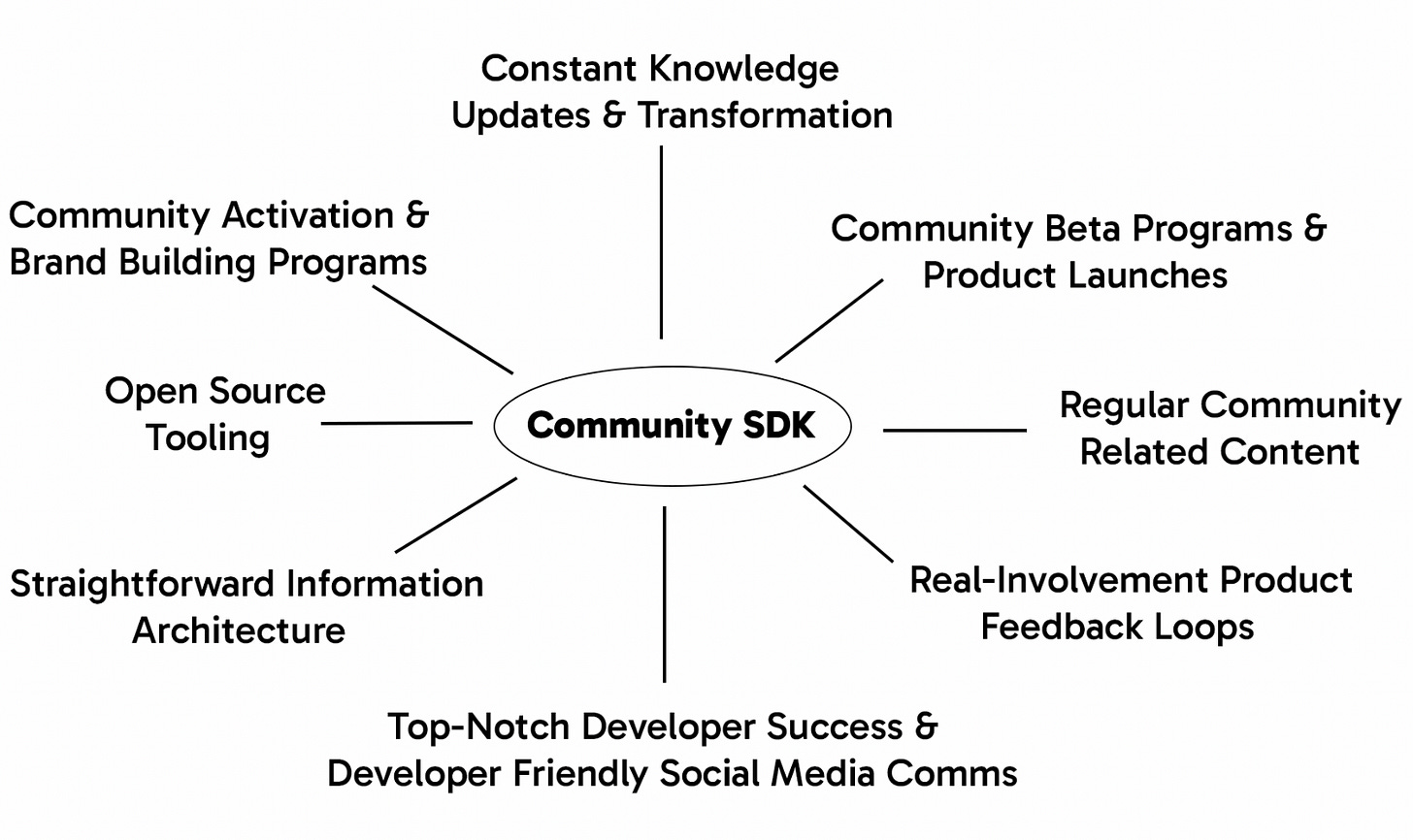
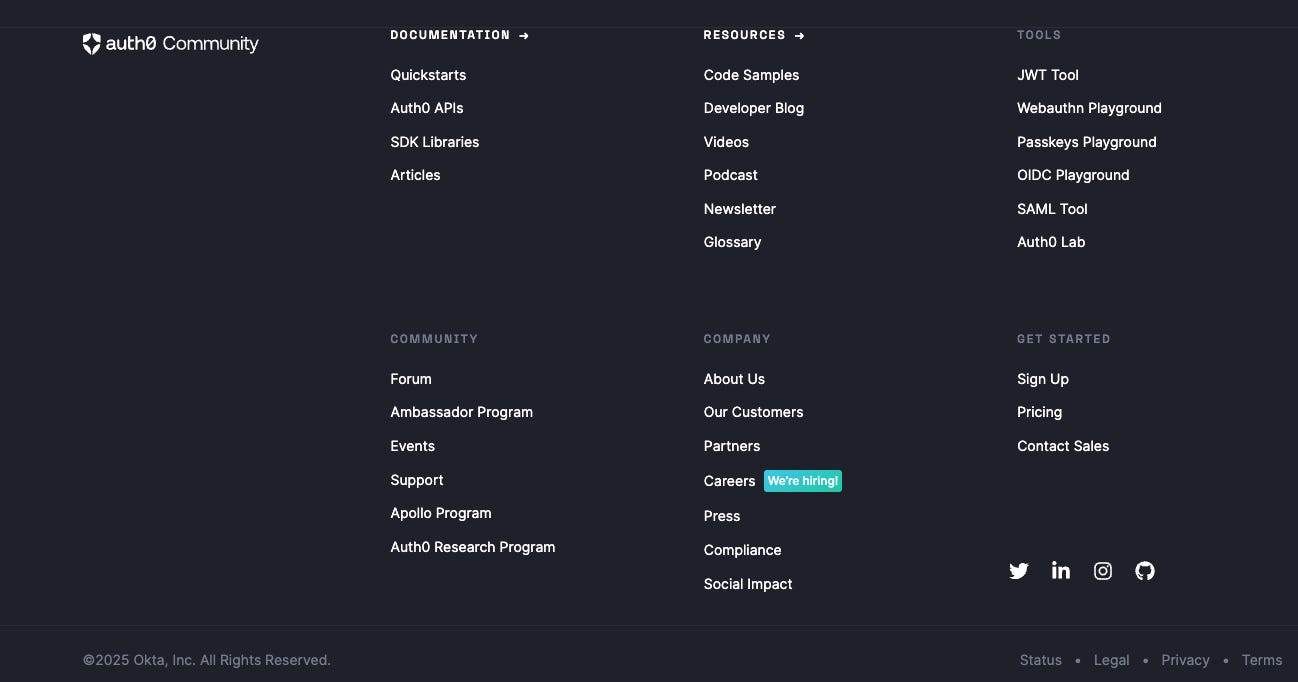
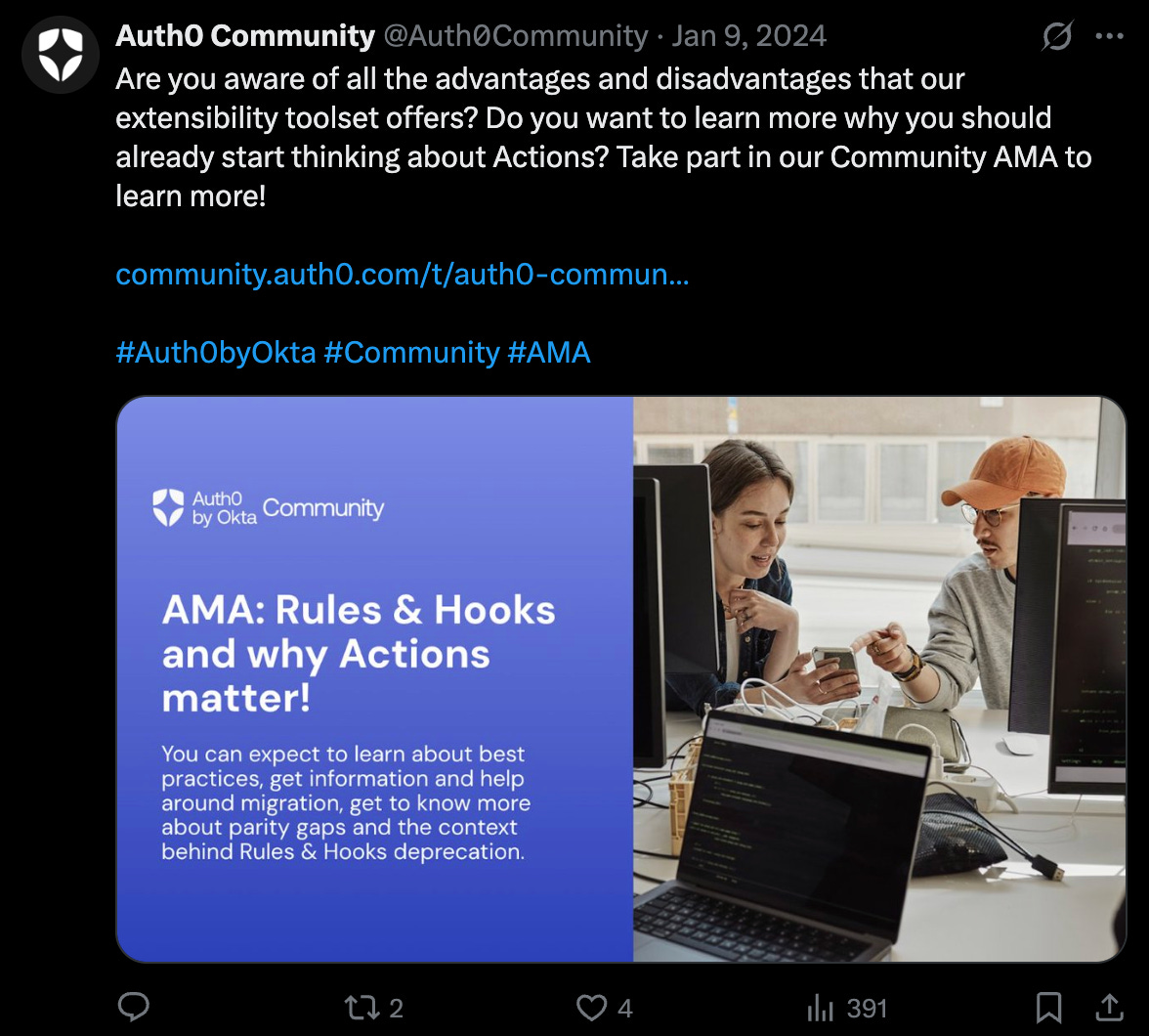
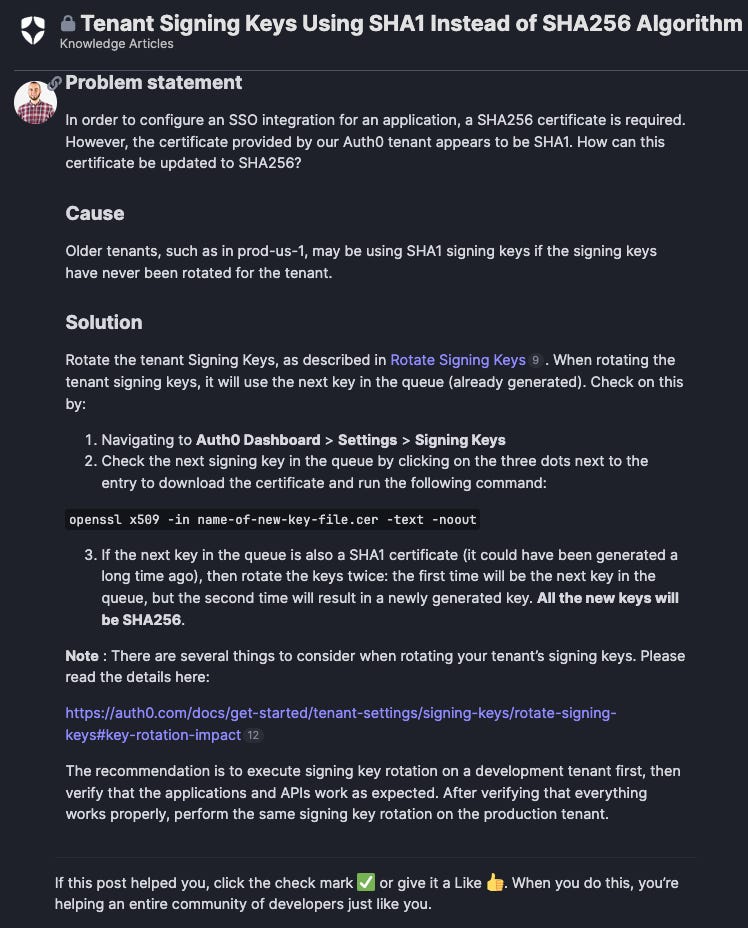
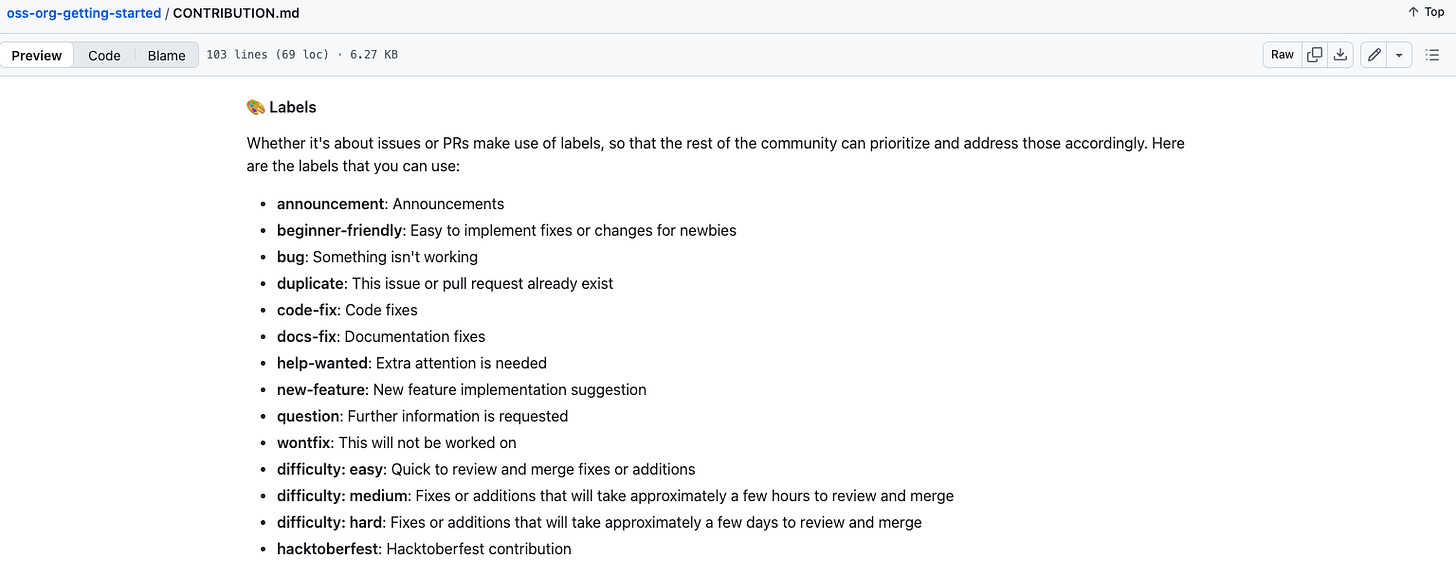



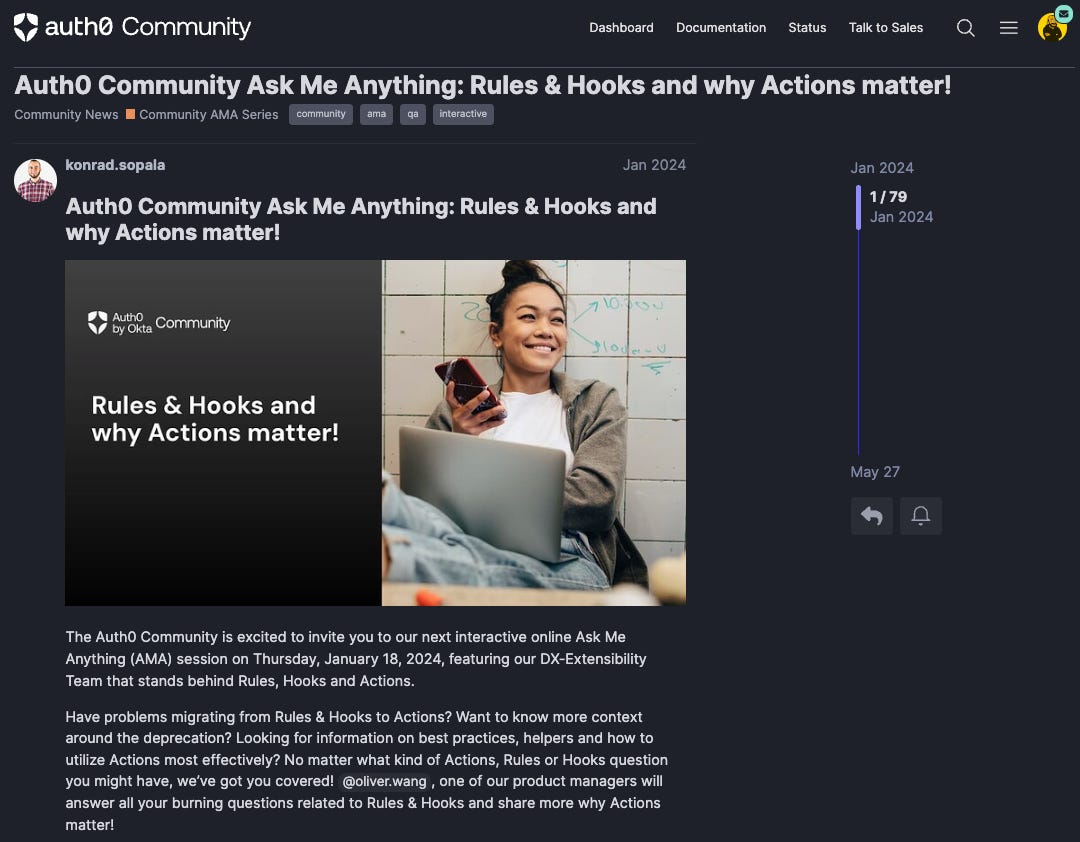
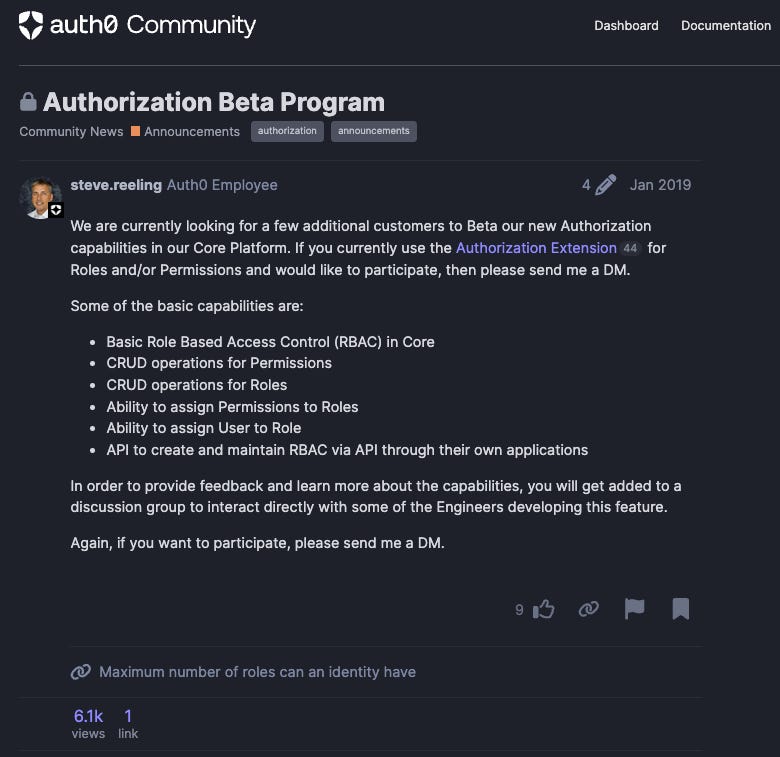
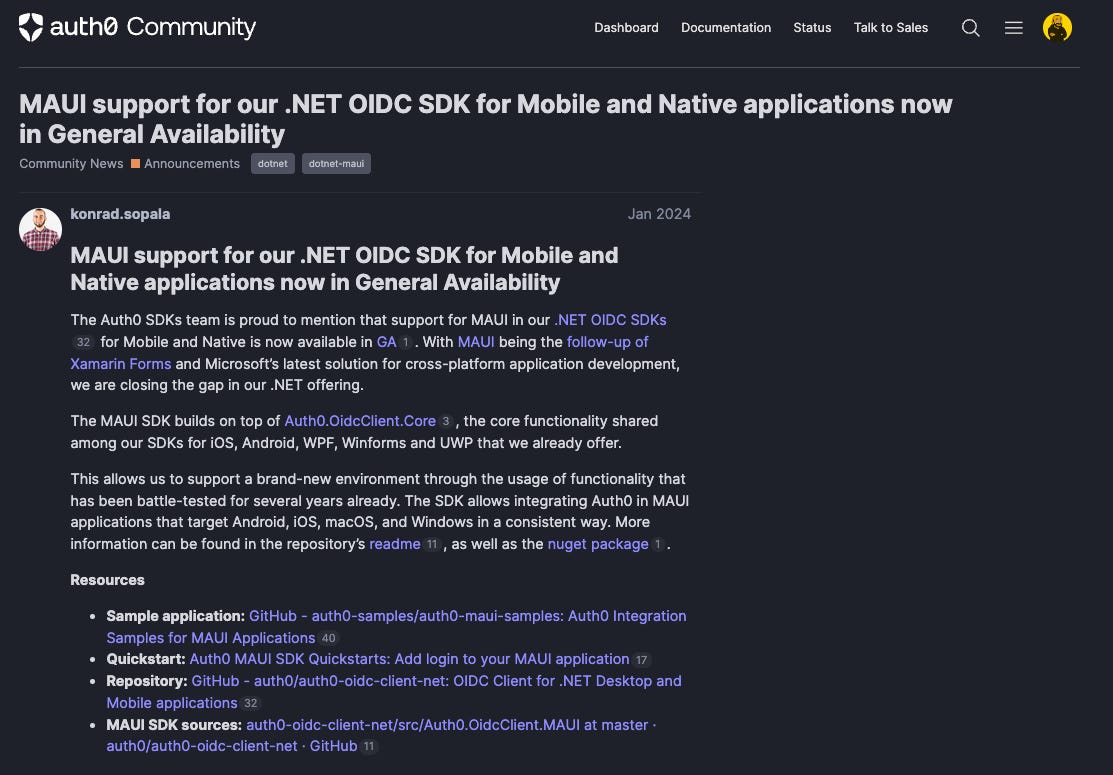
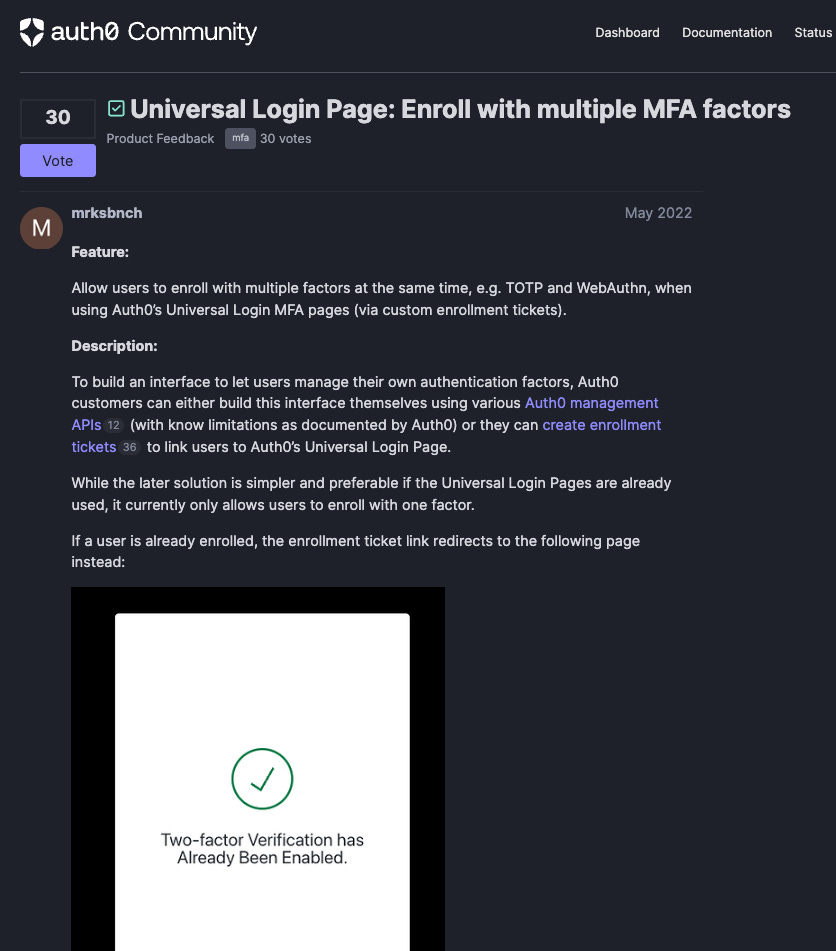

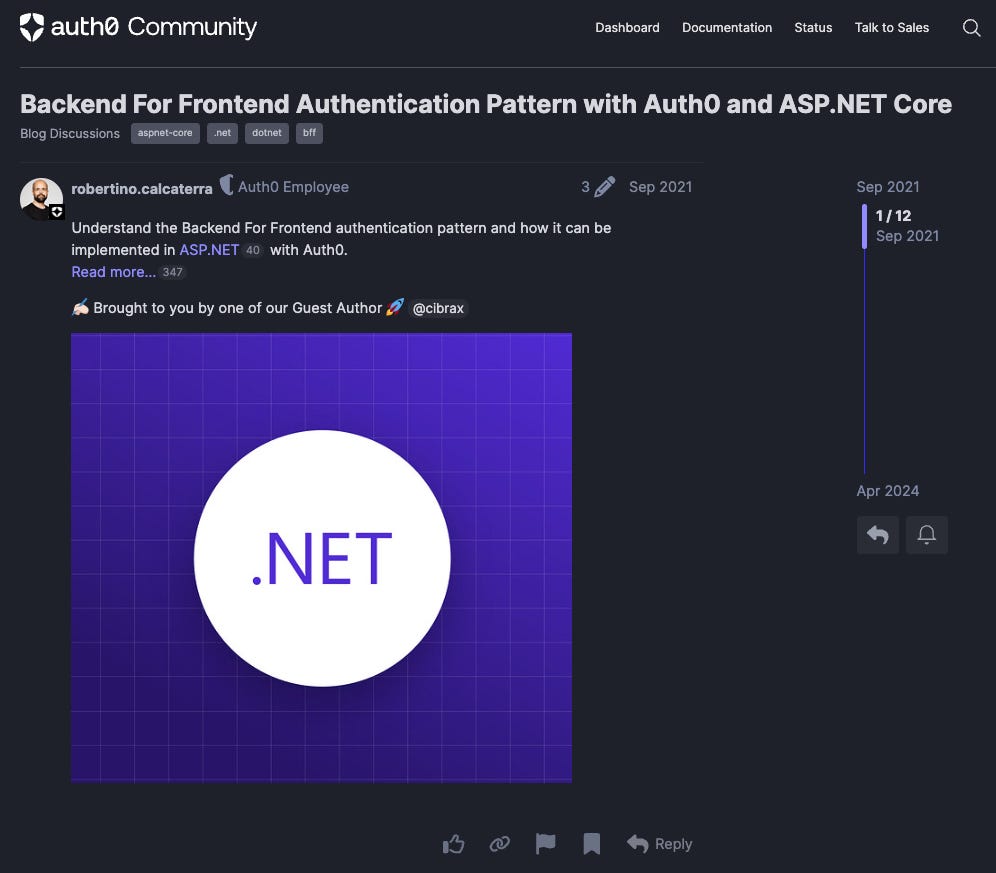
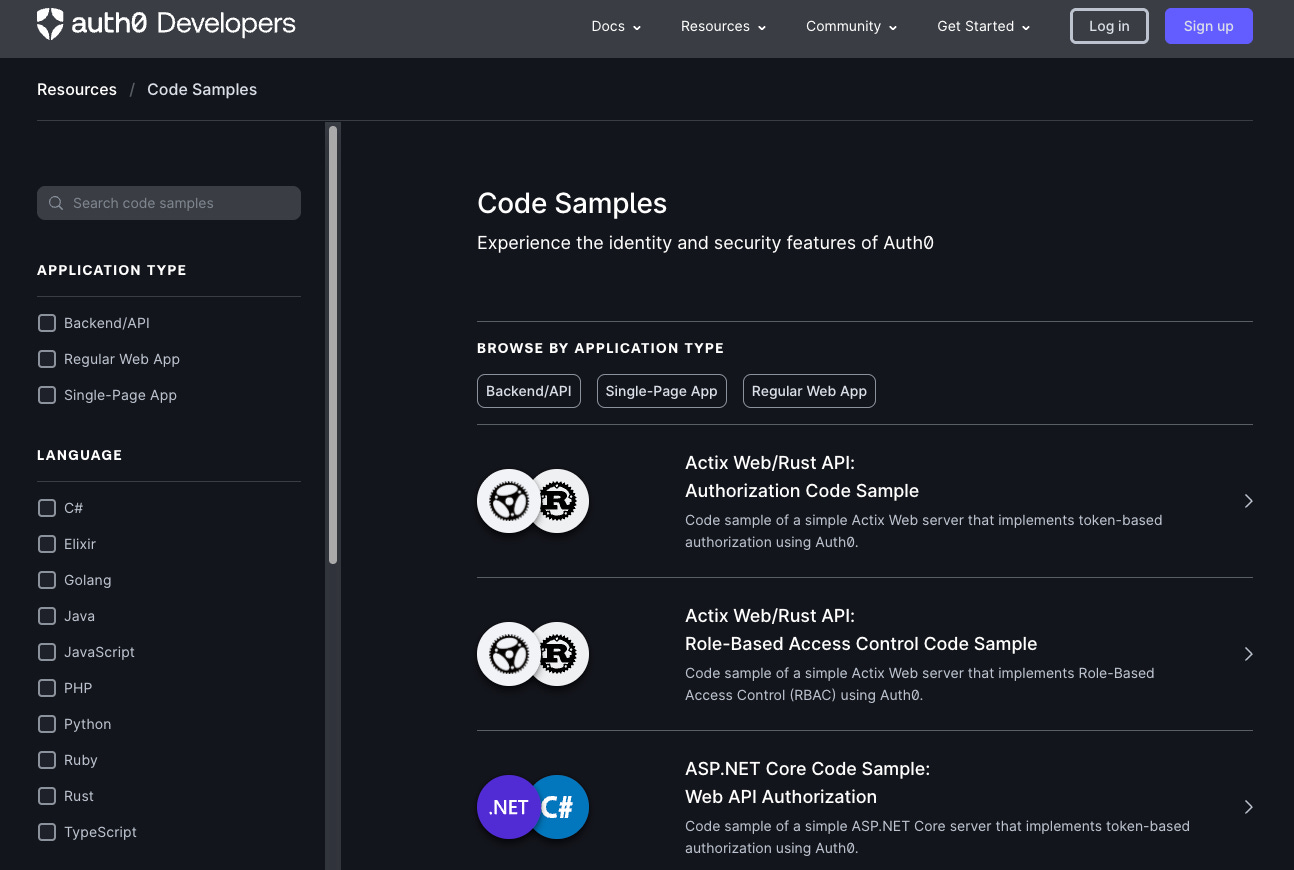
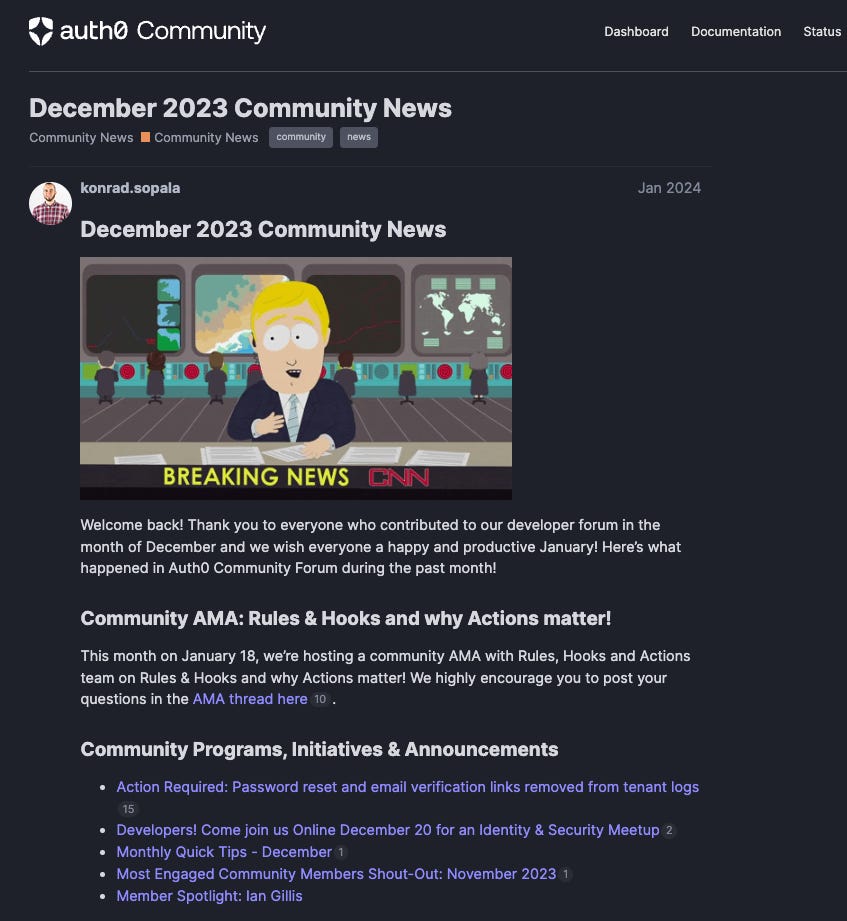
I really enjoyed reading this — probably one of the most comprehensive and well-written pieces on community within DevRel I’ve come across in a long time. It’s rare to find an article in this space that combines real-world examples, practical frameworks, and screenshots. Instantly bookmarked for future reference. Thank you.